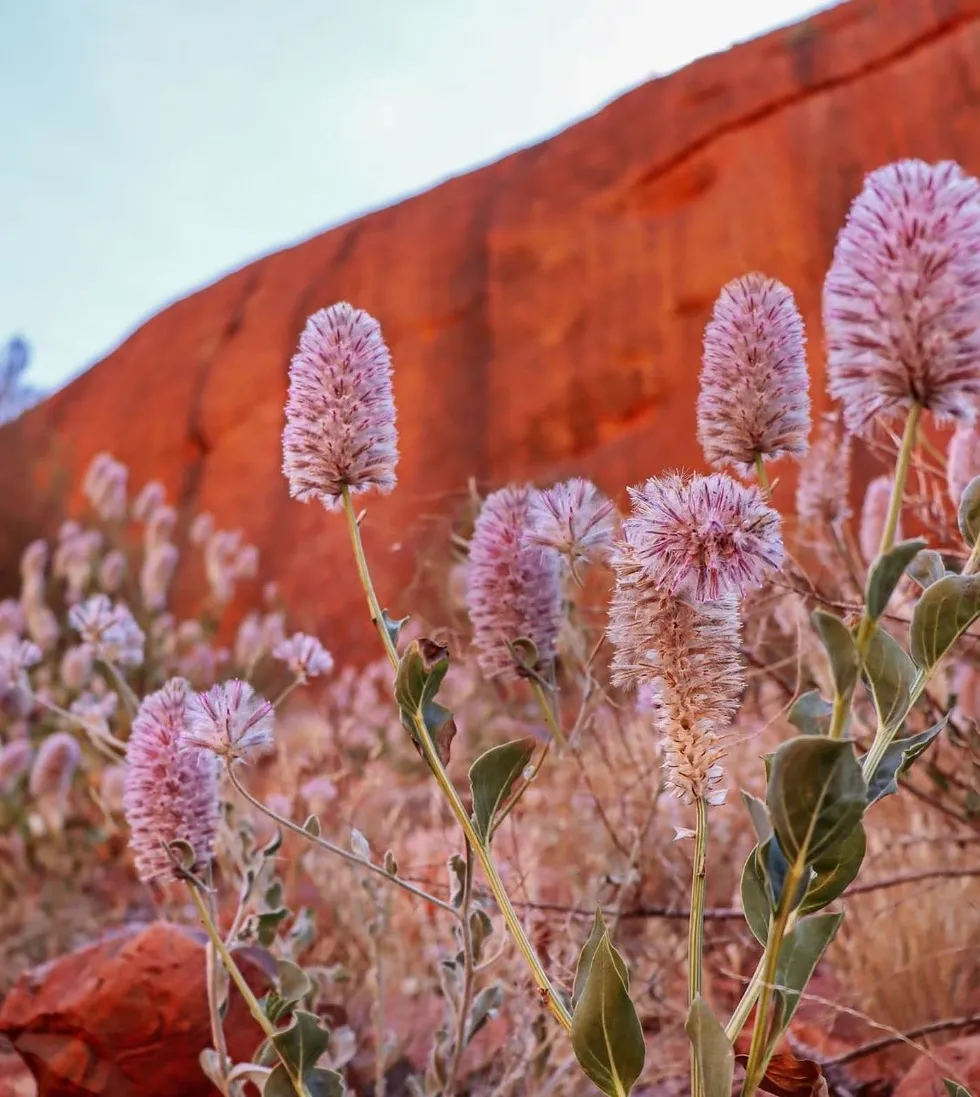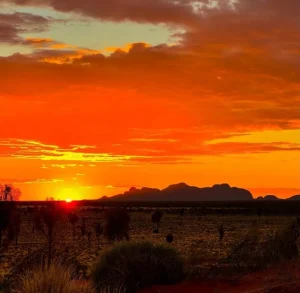Rangers at the Uluru National Park, officially known as Uluru-Kata Tjuta National Park, are guardians of an Aboriginal culture and natural heritage-rich region. It is placed in Central Australia’s Red Centre, the park is famous for its iconic sandstone monolith known as Uluru (Ayers Rock) and the unusual rock formations of Kata Tjuta (The Olgas). Their role in managing this UNESCO World Heritage Site is pivotal towards maintaining its ecological integrity as well as cultural significance so that future generations can benefit from it.
Why Rangers Are Important In National Parks
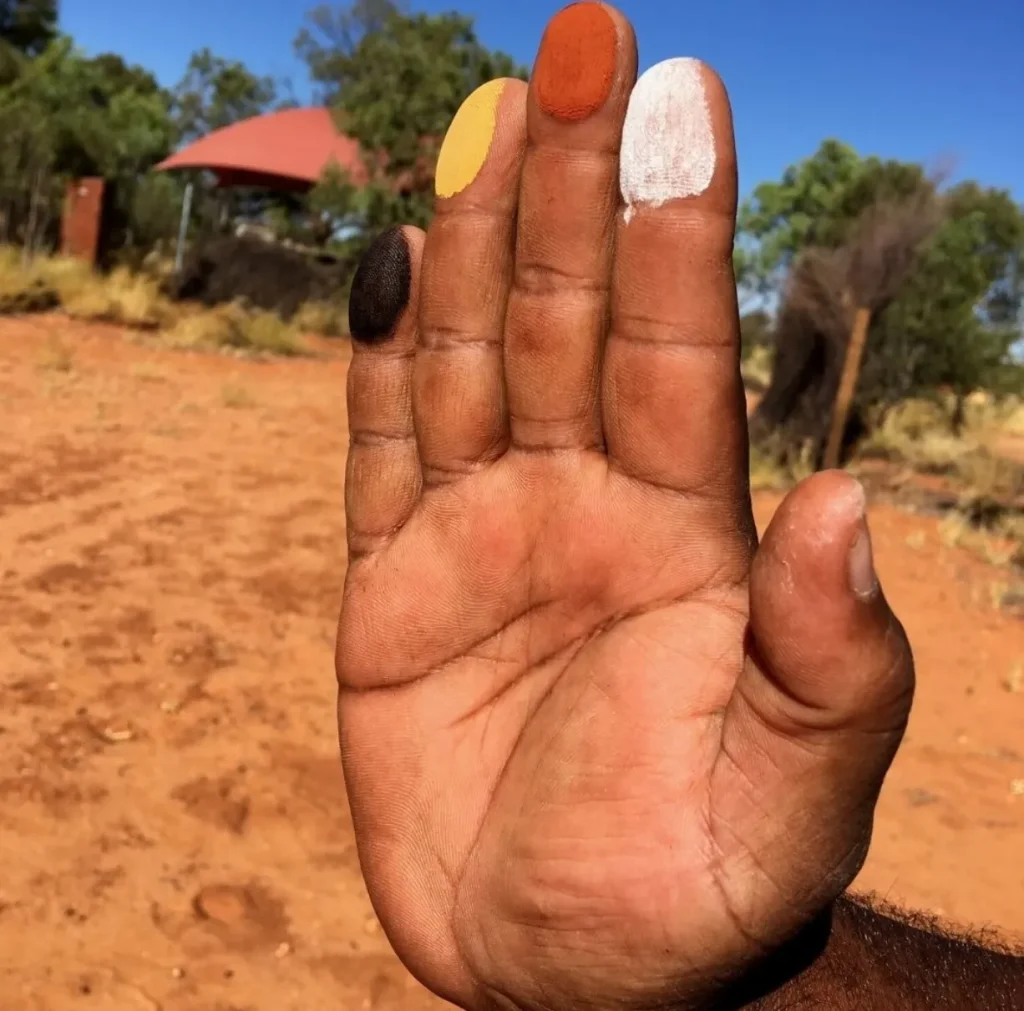
Role Of Rangers In Conserving Nature
Uluru-Kata Tjuta National Park’s rangers’ efforts to conserve the area are important in preserving the fragile balance of its arid land ecosystems. These rangers perform a range of tasks from conducting scientific studies to carrying out national threatened species abatement programs aimed at saving native plants and animals. The conservation of these ecosystems is essential for both animal survival and cultural values that depend on ties to their surroundings.
In central desert land management, rangers face even more difficulties in their work on conservation. They observe health conditions for plants and animals unique to this area that have been present here since time immemorial among Aborigines living symbiotically with nature. This entails understanding certain aspects of land management required by wildlife conservation and also Aboriginal communities’ cultural practices.
Controlling Invasive Species
The introduction of feral animals and exotic plant species has interfered with the indigenous biodiversity found within Uluru-Kata Tjuta National Park. Hence, there are many roles played by rangers in addressing these issues. They involve programs for controlling rabbits plus methods targeting plants affecting indigenous floral species. Managed invasive species play a significant role in protecting natural environments which support cultural practices as well as native fauna survival within park boundaries.
Wildlife Population Monitoring
Rangers do regular monitoring to ensure populations are healthy. The surveys focus on particular species such as the black-footed rock wallaby and other bird life native to the area. Such information is vital for conservation planning and provides valuable data for ongoing research, monitoring and management decisions.
For example, vegetation patterns as well as water resource availability are closely monitored through out the year to guide conservation efforts in line with seasonal variations on animal food supplies. This strict watch enables not only survival of animals but also the maintenance of cultural values associated with these grounds.
Preserving Sacred Sites And Cultural Heritage
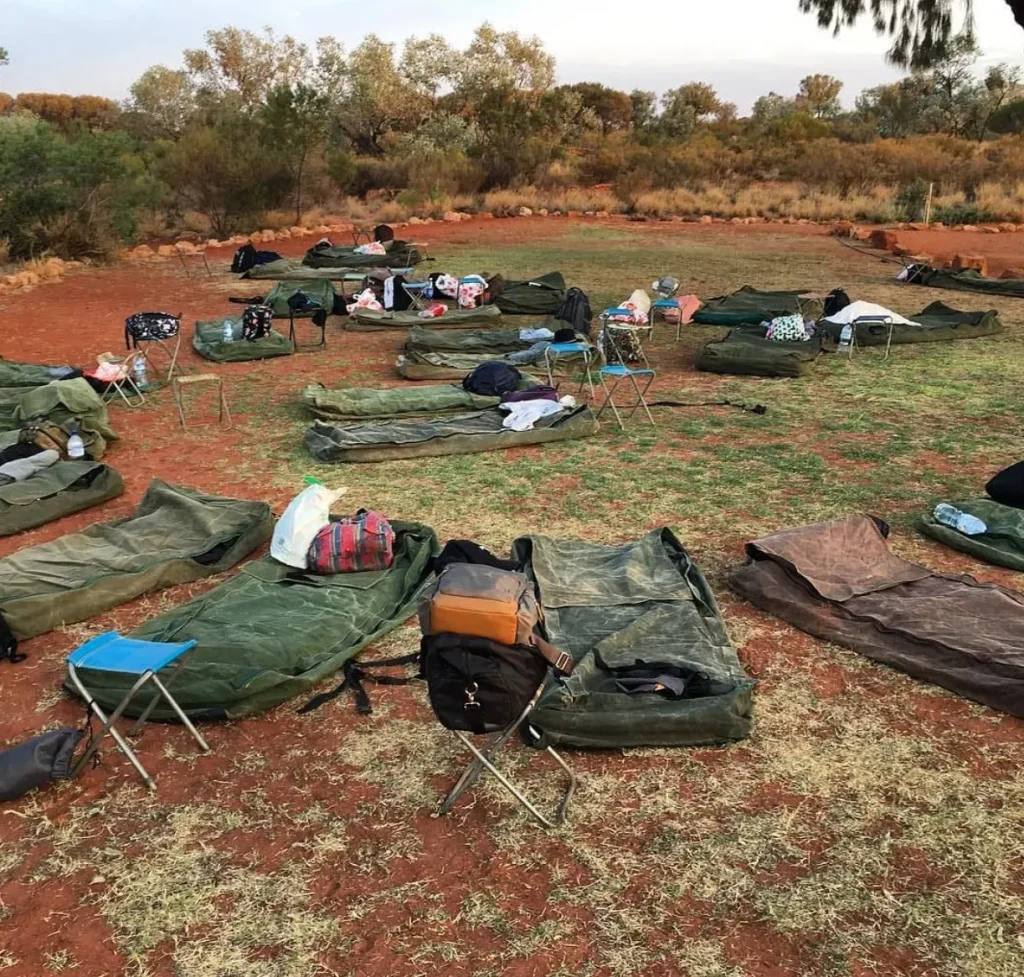
Educating Visitors About Cultural Sensitivity
Uluru represents more than a natural geologic formation; it is a cultural symbol that holds spiritual significance for its indigenous owners who are Anangu people. In terms of managing tourists, rangers play a primary role in educating them about cultural protocols and meanings. To avoid any disturbance in sacred areas and prevent infringement on Aboriginal people’s culture rights by visitors, it becomes necessary to conduct this type of education.
To contribute to this objective, they offer guided walks like the Mala Walk that are conducted by rangers who discuss Aboriginal heritage and natural features of the park. These programs help create cultural bridges and promote Aboriginal tradition and respect for the environment.
Collaboration with Traditional Owners
Governance of Uluru-Kata Tjuta National Park is founded on joint management practices. Rangers work closely with Anangu people to ensure that their park management strategy incorporates aboriginal laws as well as cultural practices. This has been instrumental in making culture accessible and strong while managing the natural resources effectively.
It is such collaborations that have seen initiatives like the Tjuta National Park Cultural Centre whereby it offers insights into Anangu’s way of life and connection to land. The centre serves as an educational resource but also showcases how a successful partnership between park rangers and traditional owners can preserve the cultural heritage of this unique landscape.
Visitor Management and Education
Providing Interpretive Tours
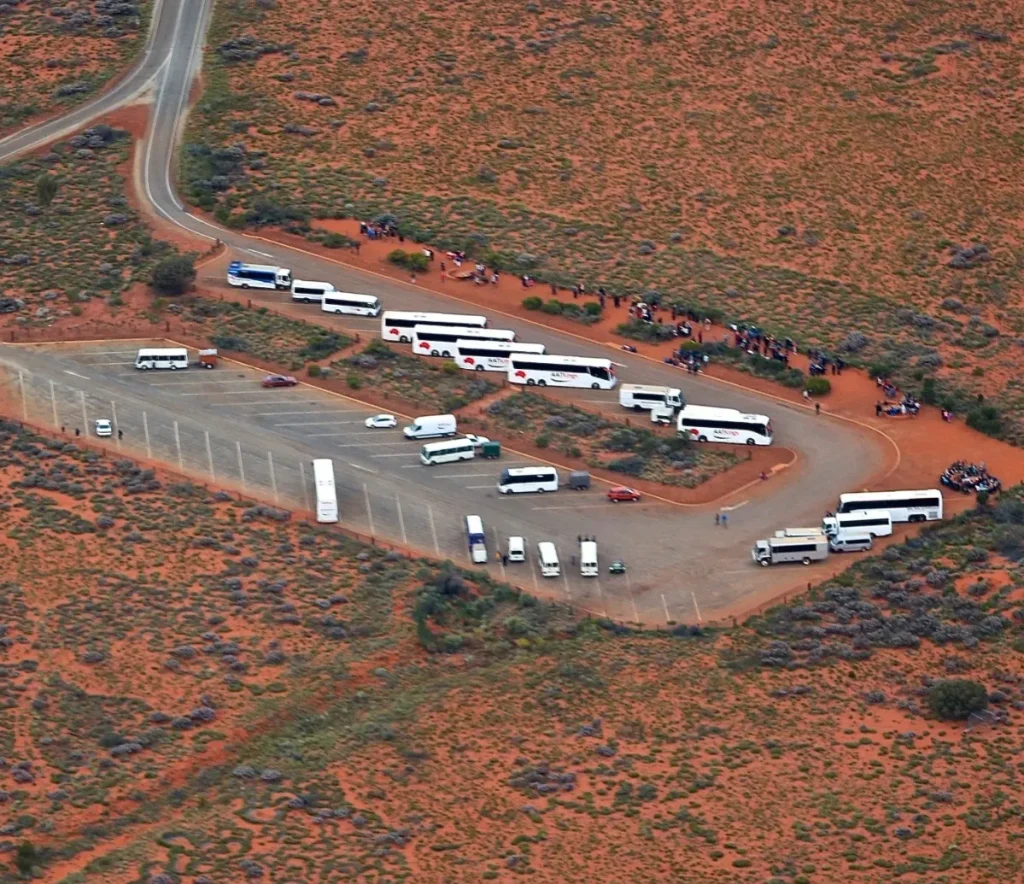
Rangers from Uluru-Kata Tjuta National Park play an influential role in interpretive tours which elevate visitor experiences while enlightening them about the significance of the park. These tours cover several aspects of both natural environment and area’s cultural heritage, designed in a manner that ensures they flow into each other smoothly. For example, they may talk about the different kinds of plants and animals that are found in this area, explain how these rock formations were created over time as well as relate cultural stories about Uluru and Kata Tjuta. These Uluru Tour assist visitors to comprehend the park better which is crucial in nurturing compliance and respect for conservation of the park.
The interpretive tours also serve as a platform where rangers demonstrate what the visitors need to do right such as sticking to pathways, not climbing sacred sites and respecting wildlife. Rangers can therefore effectively communicate the importance of these guidelines through personal relation with tourists who visit them at their campsites. Such guided walks put into practice responsible tourism practices by adding an educational component to overall conservation strategy.
Enforcing Park Regulations
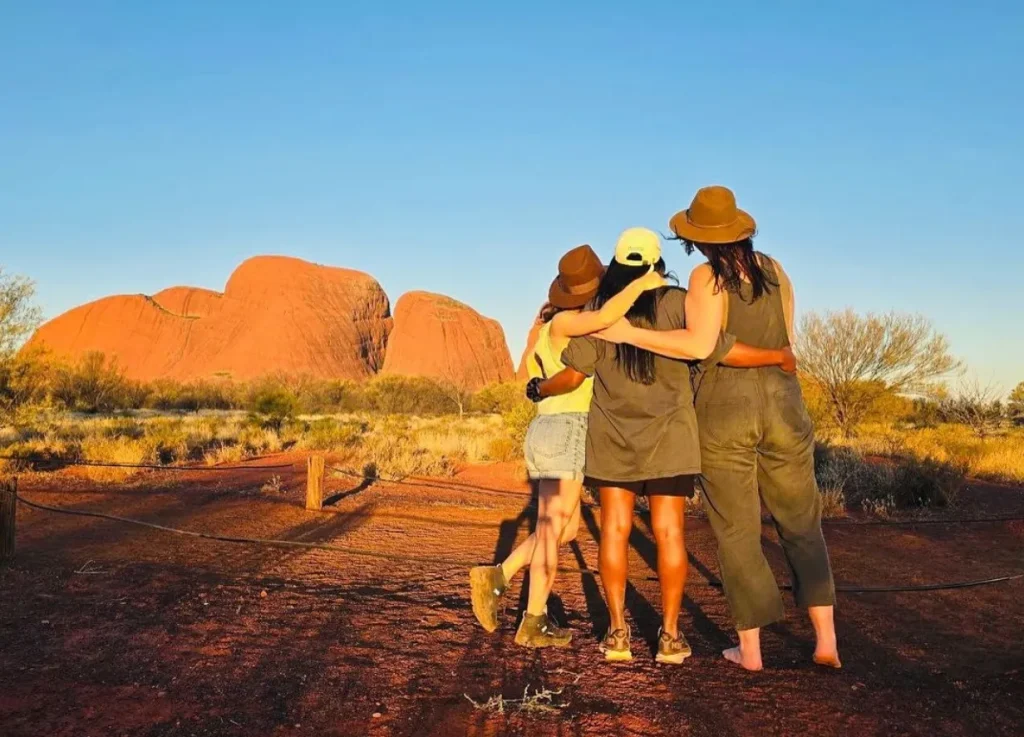
Park regulation enforcement is a major duty of Uluru-Kata Tjuta National Park rangers. They ensure that visitors comply with rules that have been set up for environmental protection and safety purposes within the park. This involves keeping illegal campers away from certain areas, restricting access by vandals or picnickers, preventing too many people entering certain parts of the park and maintaining tourist pressure on natural environment. The work done by rangers in protecting park, giving directions and sometimes fining those who break laws can be observed from time to time through out this national park.
These regulations aid in reducing environmental damage by people such as erosion and litter, which can greatly impact the natural beauty and well-being of the park. The rangers’ presence also helps prevent vandalism and disrespect to sacred sites, ensuring that cultural values are maintained. Rangers’ enforcement roles go beyond just maintaining order; they also involve sensitizing people about the reasons behind these rules if they have to gain support and adherence.
Emergency response and safety measures
Search and rescue operations
Uluru-Kata Tjuta National Park’s rangers are trained to carry out search and rescue operations, preparing them for any emergencies that might arise in its vast and often hostile terrain. Remote location along with extreme weather conditions can pose immense risks for visitors hence making a ranger’s role during emergency response significant. They collaborate with local authorities plus medical teams during rescues aimed at providing immediate help for their subjects.
For instance, when it is summer period when temperatures could spike up to very high levels, rangers monitor visitor activities more closely so as to avoid heat-related diseases. Moreover, they ensure that all tourists have enough water and are dressed appropriately for these conditions. In case of lost persons or injuries, rangers rapidly organize teams on search missions with a motive of locating them as well as offering assistance consequently depending on their familiarity with the parkland topography.
First aid services to visitors
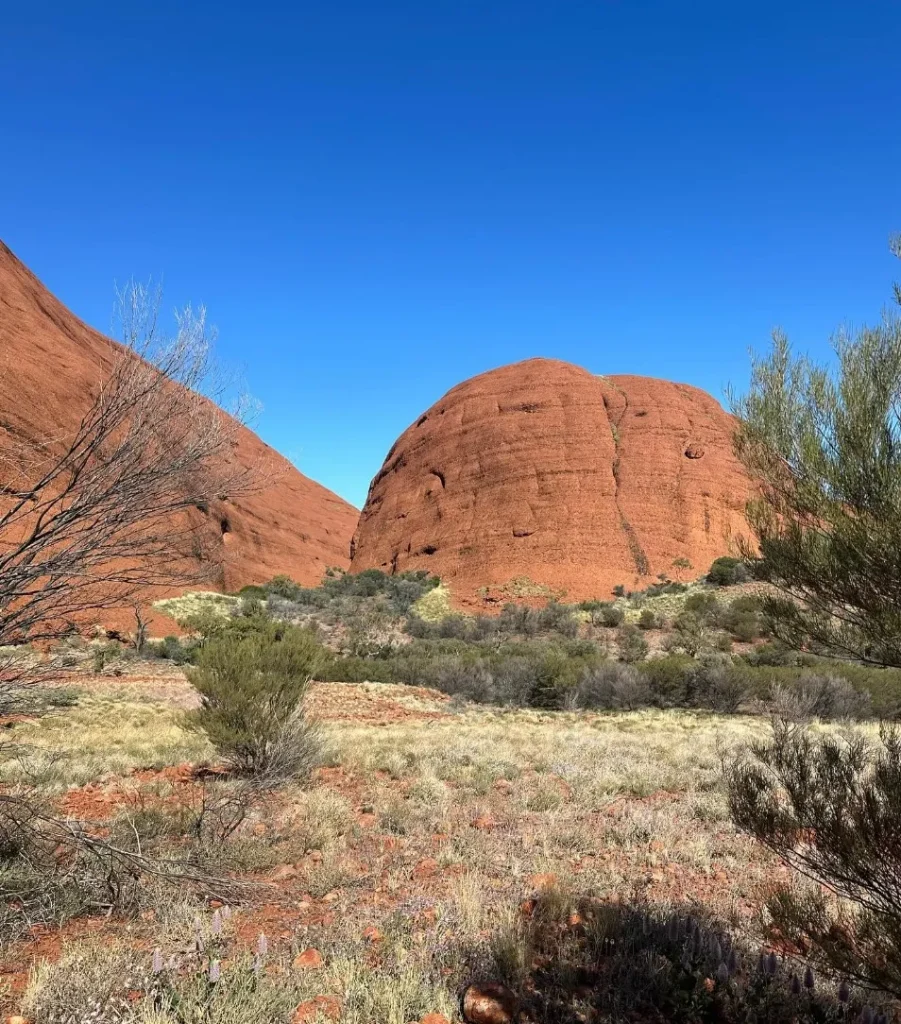
Park rangers additionally provide first aid care which is an equally important responsibility delegated upon them by respective agencies. Because of this remoteness, it is normally park rangers who get contacted first whenever there is a need of medical attention in National Parks. Such personnel undergo training on how to administer initial medication while at the same time stabilizing victims before further health attention is sought forthwith from other authorized practitioners available within or around the area concerned. This facility ensures not only safety but also overall enhanced experience during visits where individuals know there exists ready help should any tragic situation occurs.
The rangers also hold regular training to update their first aid skills which may be required in any emergency or medical case that may occur ranging from snake bite to fall out or dehydration.
Fire management strategies
Fire management forms a major part of the conservation initiatives within Uluru-Kata Tjuta National Park. Rangers apply techniques aimed at preventing and managing fire outbreaks that can be devastating for the area’s biodiversity. Controlled burns are executed during cooler seasons to minimize dry vegetation that acts as a fuel for wildfires. These fires are organized in such a way as to protect animal habitats without hindering accessibility of this park, when its availability is not altered.
Moreover, they work closely with environmentalists including fire scientists who monitor weather tendencies and various fire handling mechanisms. This cooperative approach guarantees effectiveness of methods used and response towards changing circumstances in the park. In addition, visitor education campaigns informing them about wildfire hazards and prevention constitute an important priority hence reflecting how multi-dimensional the role of rangers is in safeguarding the park.
Summary
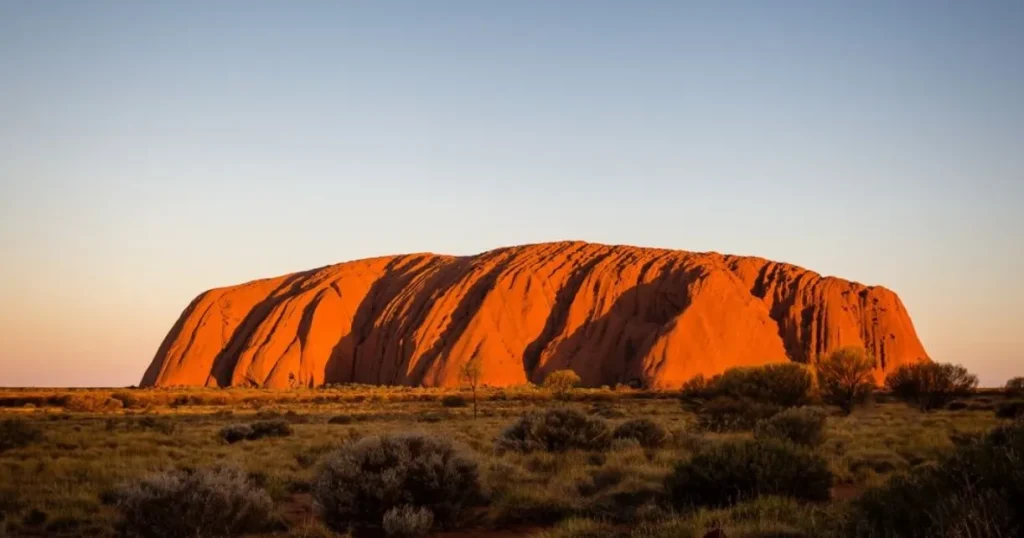
Park rangers at Uluru-Kata Tjuta National Park are vital in the management and protection of this unique environment. They are responsible for a combination of things such as conservation, visitor education, emergency responses and regulations enforcement which demonstrate their critical role in preserving natural and cultural heritage of the park. Their dedicated efforts have made Uluru-Kata Tjuta an internationally well-protected place where visits can be safe, informative and culturally sensitive.
Questions asked Frequently
What is the main duty expected from a ranger at Uluru-Kata Tjuta National Park?
- The conservancy of wildlife and habitats.
- Dealing with invasive species.
- Educate visitors about the park’s cultural and natural resources.
- Enforce park rules to ensure that visitors are safe and that the environment is protected.
- Emergency response including search and rescue operations as well as providing first aid.
How do rangers help in educating visitors at Uluru?
Rangers provide interpretive tours through which they educate people about the cultural values and ecological significance of Uluru-Kata Tjuta National Park. They communicate with visitors so as to foster respect for its cultural essence by conveying its environmental principles.
What emergency services do rangers provide?
They offer First Aid assistance, take part in Search And Rescue missions including Fire Management. While inside the park, there may be any number of emergencies that they can deal with for everyone’s safety during their stay here.
How do rangers contribute to fire management in the park?
Prescribed burning is used by expert rangers to control growths while preventing outbreaking bushfires. To make sure that fire management strategies are done properly they consult specialists besides informing tourists on ways they could prevent human-caused fires.
How is a collaboration between rangers & Anangu Traditional Owners carried out?
Ranger works closely with Anangu respecting their traditional laws/practices when managing it. This coming together involves shared decision-making processes, knowledge sharing like the Cultural Centre, which integrates traditional Aboriginal practices with modern-day conservation methods.
